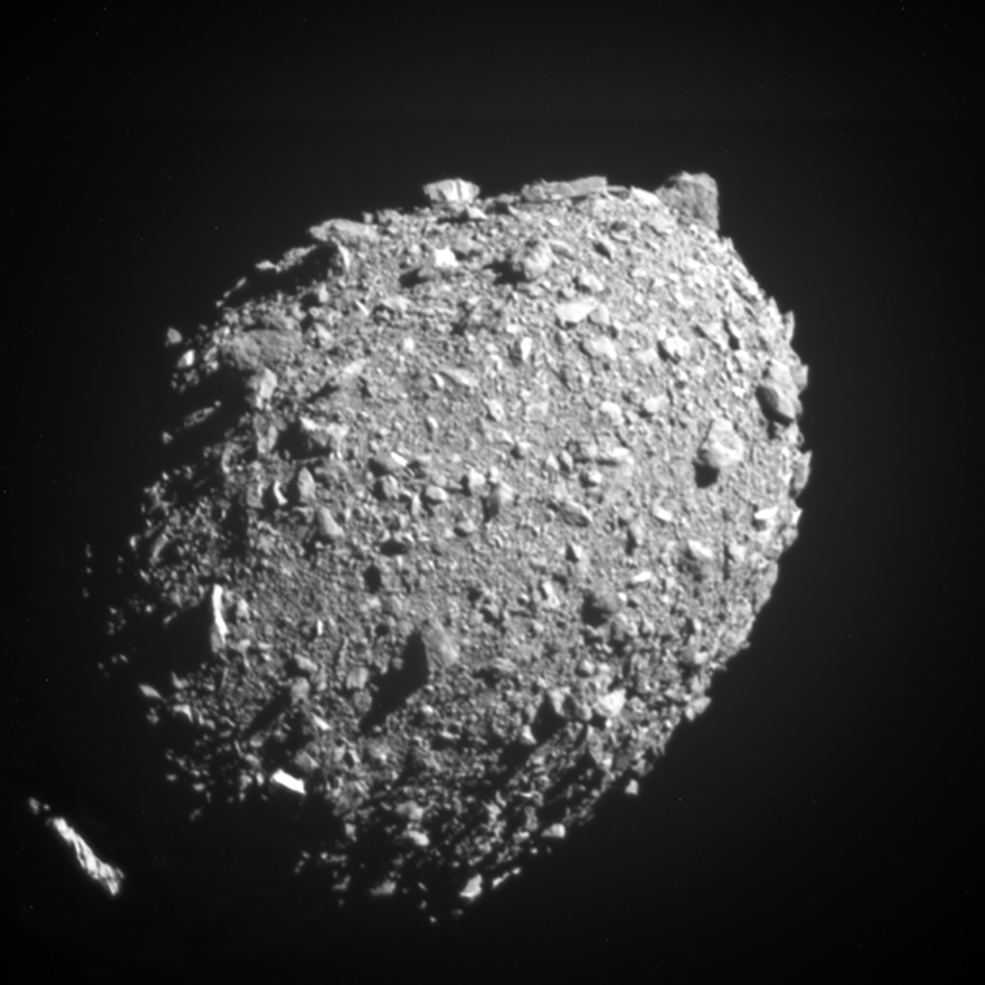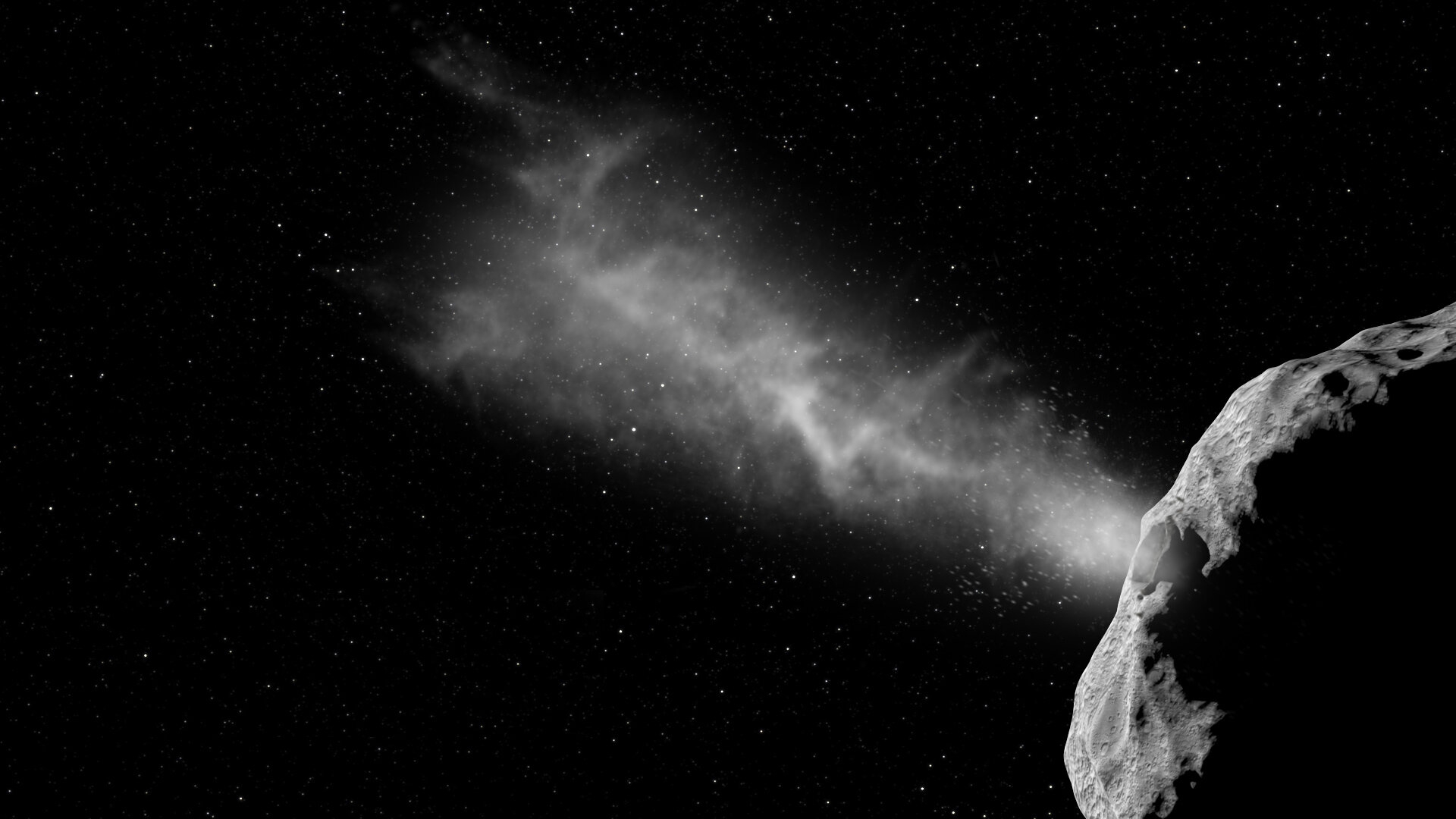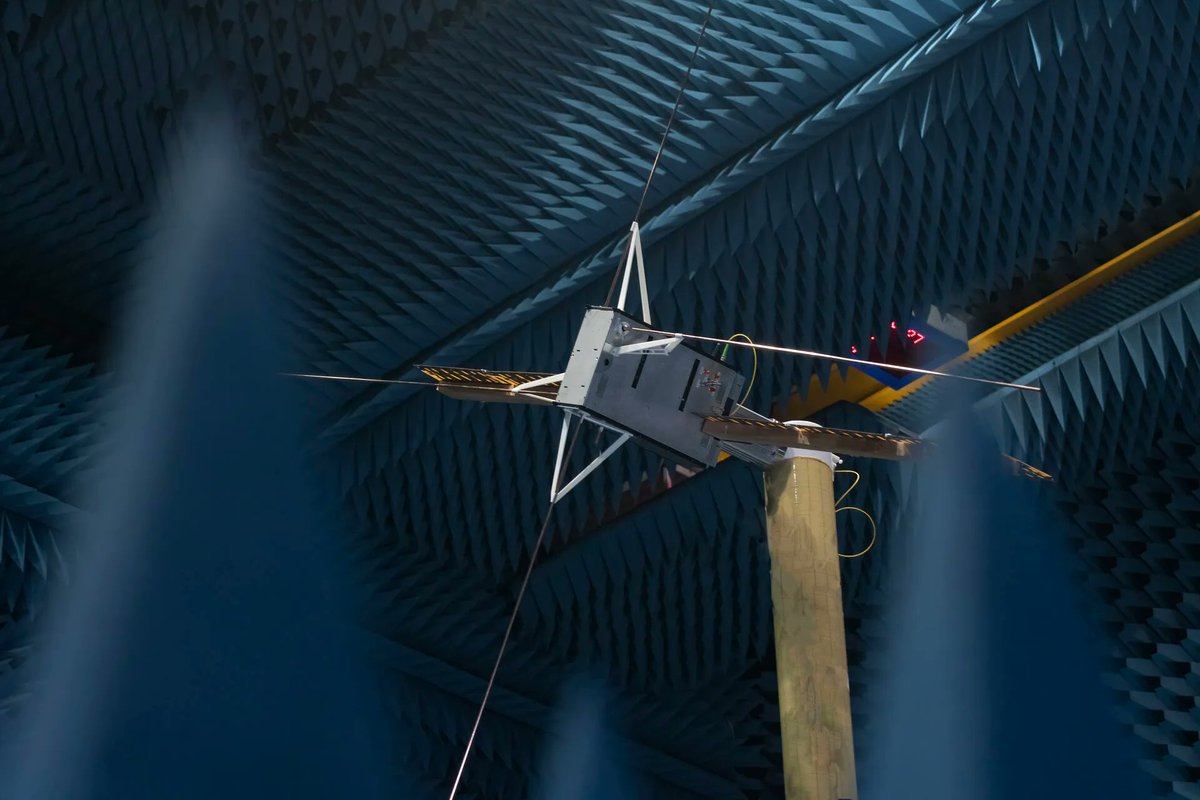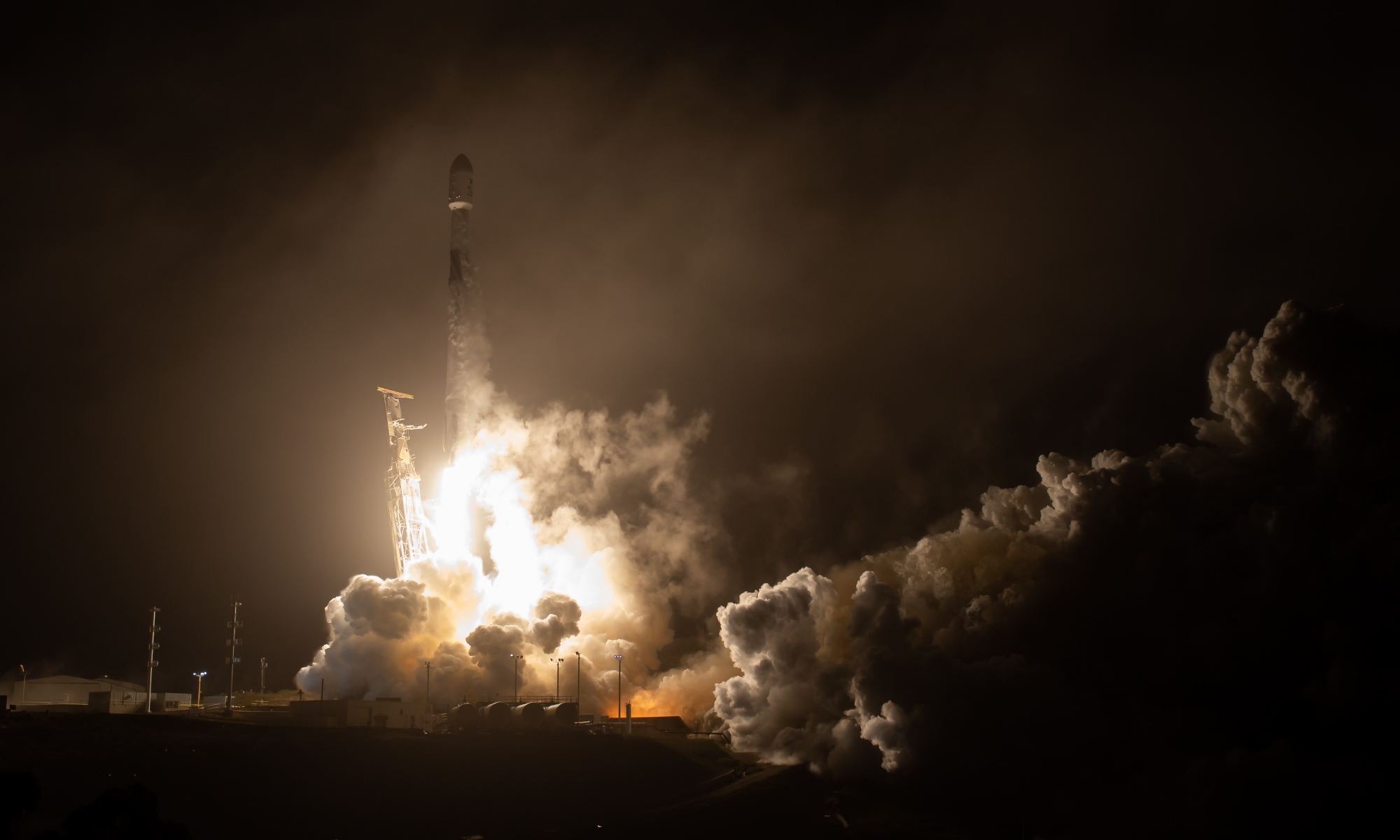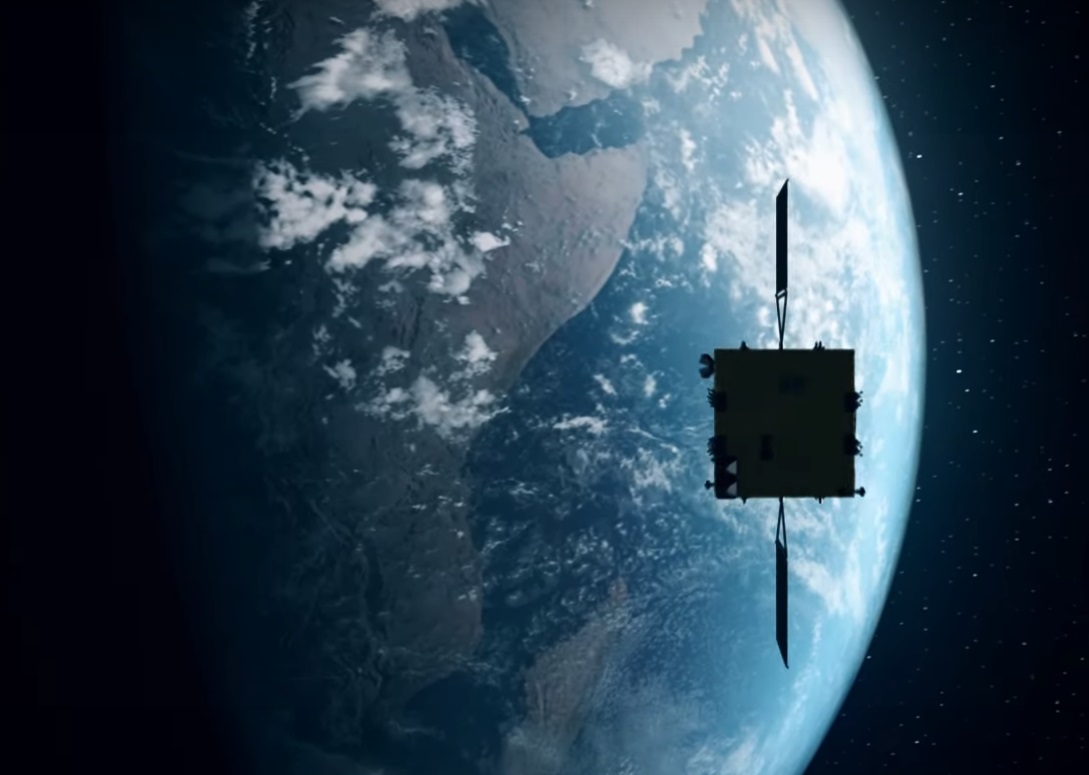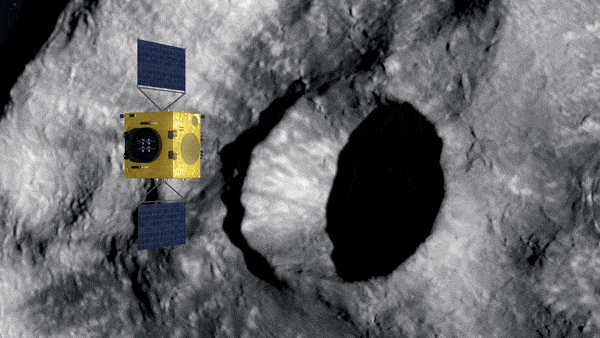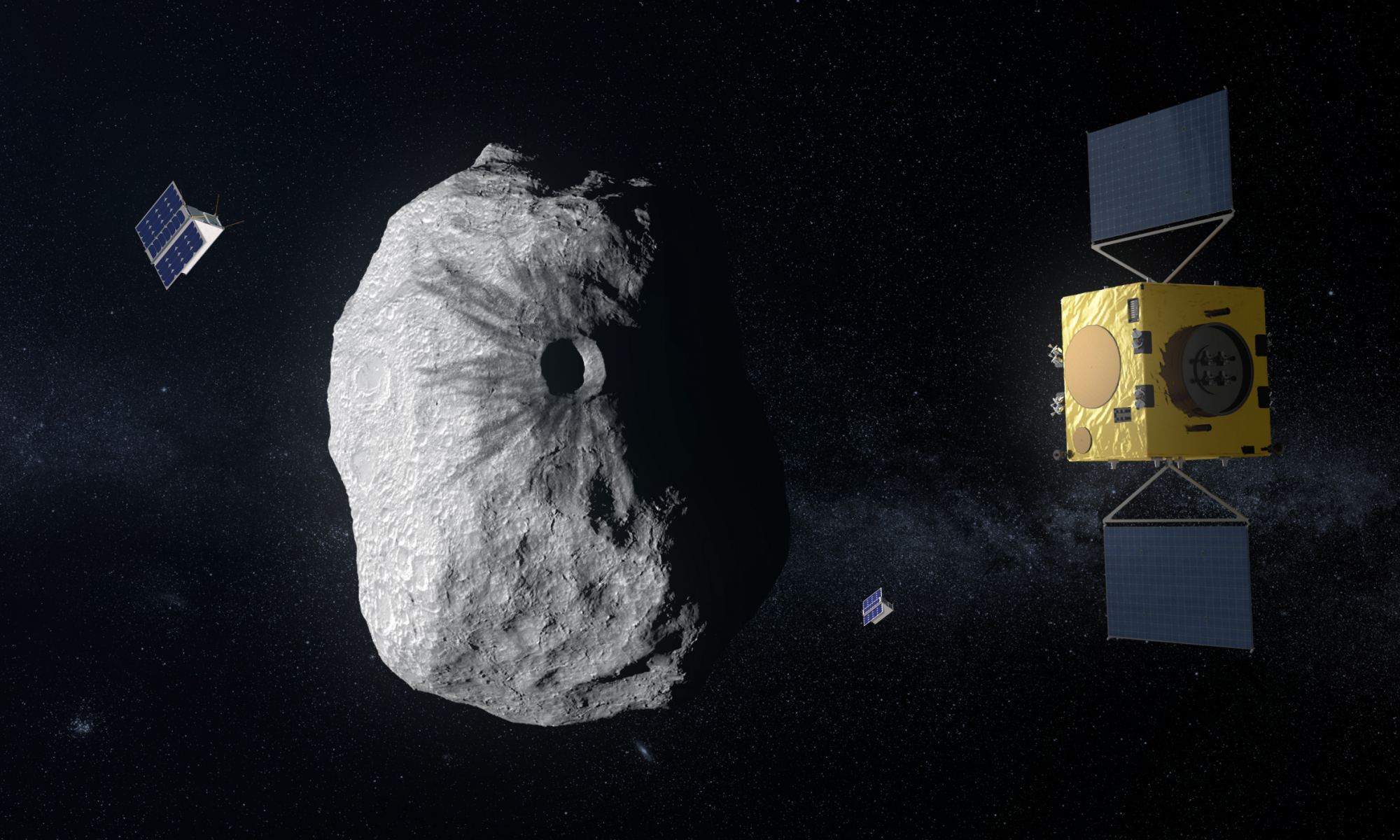In about one year from now, the European Space Agency will launch its Hera mission. Its destination is the asteroid Didymos, and it’ll be the second human spacecraft to visit the 390-meter chunk of rock. NASA’s DART mission crashed a kinetic impactor into Didymos’ tiny moonlet Dimorphos as a test of planetary defence.
Hera will perform a follow-up investigation of the binary asteroid to measure the size and morphology of the impact crater on Dimorphos. To help it along, it’s taking two tiny CubeSats that will land on Dimorphos.
Continue reading “ESA’s Hera Mission is Bringing Two Cubesats Along. They’ll Be Landing on Dimorphos”

